Chapter 1. Introduction
Each of the past three centuries has been dominated by a single technology. The 18th century was the era of the great mechanical systems accompanying the Industrial Revolution. The 19th century was the age of the steam engine. During the 20th century, the key technology was information gathering, processing, and distribution. Among other developments, we saw the installation of worldwide telephone networks, the invention of radio and television, the birth and unprecedented growth of the computer industry, and the launching of communication satellites.
As a result of rapid technological progress, these areas are rapidly converging and the differences between collecting, transporting, storing, and processing information are quickly disappearing. Organizations with hundreds of offices spread over a wide geographical area routinely expect to be able to examine the current status of even their most remote outpost at the push of a button. As our ability to gather, process, and distribute information grows, the demand for ever more sophisticated information processing grows even faster.
Although the computer industry is still young compared to other industries (e.g., automobiles and air transportation), computers have made spectacular progress in a short time. During the first two decades of their existence, computer systems were highly centralized, usually within a single large room. Not infrequently, this room had glass walls, through which visitors could gawk at the great electronic wonder inside. A medium-sized company or university might have had one or two computers, while large institutions had at most a few dozen. The idea that within twenty years equally powerful computers smaller than postage stamps would be mass produced by the millions was pure science fiction.
The merging of computers and communications has had a profound influence on the way computer systems are organized. The concept of the ''computer center'' as a room with a large computer to which users bring their work for processing is now totally obsolete. The old model of a single computer serving all of the organization's computational needs has been replaced by one in which a large number of separate but interconnected computers do the job. These systems are called computer networks . The design and organization of these networks are the subjects of this book.
Throughout the book we will use the term ''computer network'' to mean a collection of autonomous computers interconnected by a single technology. Two computers are said to be interconnected if they are able to exchange information. The connection need not be via a copper wire; fiber optics, microwaves, infrared, and communication satellites can also be used. Networks come in many sizes, shapes and forms, as we will see later. Although it may sound strange to some people, neither the Internet nor the World Wide Web is a computer network. By the end of this book, it should be clear why. The quick answer is: the Internet is not a single network but a network of networks and the Web is a distributed system that runs on top of the Internet.
There is considerable confusion in the literature between a computer network and a distributed system . The key distinction is that in a distributed system, a collection of independent computers appears to its users as a single coherent system. Usually, it has a single model or paradigm that it presents to the users. Often a layer of software on top of the operating system, called middleware , is responsible for implementing this model. A well-known example of a distributed system is the World Wide Web , in which everything looks like a document (Web page).
In a computer network, this coherence, model, and software are absent. Users are exposed to the actual machines, without any attempt by the system to make the machines look and act in a coherent way. If the machines have different hardware and different operating systems, that is fully visible to the users. If a user wants to run a program on a remote machine, he has to log onto that machine and run it there.
[ ] ''He'' should be read as ''he or she'' throughout this book.
] ''He'' should be read as ''he or she'' throughout this book.
In effect, a distributed system is a software system built on top of a network. The software gives it a high degree of cohesiveness and transparency. Thus, the distinction between a network and a distributed system lies with the software (especially the operating system), rather than with the hardware.
Nevertheless, there is considerable overlap between the two subjects. For example, both distributed systems and computer networks need to move files around. The difference lies in who invokes the movement, the system or the user. Although this book primarily focuses on networks, many of the topics are also important in distributed systems. For more information about distributed systems, see (Tanenbaum and Van Steen, 2002).
1.1 Uses of Computer Networks
Before we start to examine the technical issues in detail, it is worth devoting some time to pointing out why people are interested in computer networks and what they can be used for. After all, if nobody were interested in computer networks, few of them would be built. We will start with traditional uses at companies and for individuals and then move on to recent developments regarding mobile users and home networking.
1.1.1 Business Applications
Many companies have a substantial number of computers. For example, a company may have separate computers to monitor production, keep track of inventories, and do the payroll. Initially, each of these computers may have worked in isolation from the others, but at some point, management may have decided to connect them to be able to extract and correlate information about the entire company.
Put in slightly more general form, the issue here is resource sharing , and the goal is to make all programs, equipment, and especially data available to anyone on the network without regard to the physical location of the resource and the user. An obvious and widespread example is having a group of office workers share a common printer. None of the individuals really needs a private printer, and a high-volume networked printer is often cheaper, faster, and easier to maintain than a large collection of individual printers.
However, probably even more important than sharing physical resources such as printers, scanners, and CD burners, is sharing information. Every large and medium-sized company and many small companies are vitally dependent on computerized information. Most companies have customer records, inventories, accounts receivable, financial statements, tax information, and much more online. If all of its computers went down, a bank could not last more than five minutes. A modern manufacturing plant, with a computer-controlled assembly line, would not last even that long. Even a small travel agency or three-person law firm is now highly dependent on computer networks for allowing employees to access relevant information and documents instantly.
For smaller companies, all the computers are likely to be in a single office or perhaps a single building, but for larger ones, the computers and employees may be scattered over dozens of offices and plants in many countries. Nevertheless, a sales person in New York might sometimes need access to a product inventory database in Singapore. In other words, the mere fact that a user happens to be 15,000 km away from his data should not prevent him from using the data as though they were local. This goal may be summarized by saying that it is an attempt to end the ''tyranny of geography.''
In the simplest of terms, one can imagine a company's information system as consisting of one or more databases and some number of employees who need to access them remotely. In this model, the data are stored on powerful computers called servers . Often these are centrally housed and maintained by a system administrator. In contrast, the employees have simpler machines, called clients , on their desks, with which they access remote data, for example, to include in spreadsheets they are constructing. (Sometimes we will refer to the human user of the client machine as the ''client,'' but it should be clear from the context whether we mean the computer or its user.) The client and server machines are connected by a network, as illustrated in . Note that we have shown the network as a simple oval, without any detail. We will use this form when we mean a network in the abstract sense. When more detail is required, it will be provided.

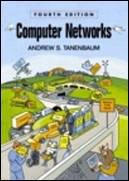


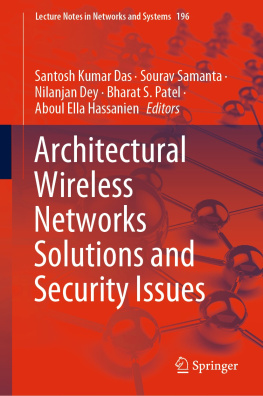
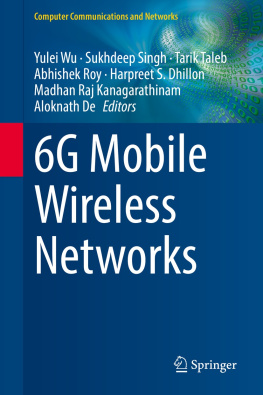
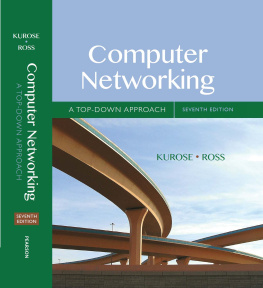
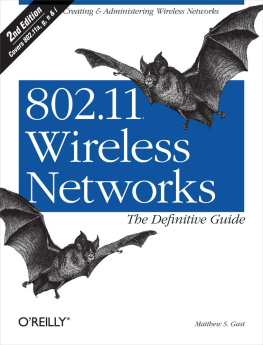
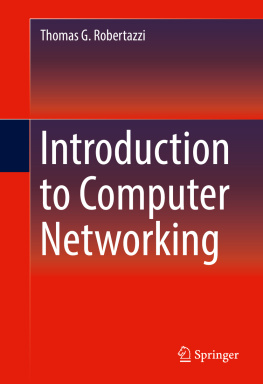

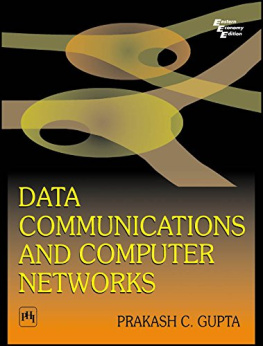
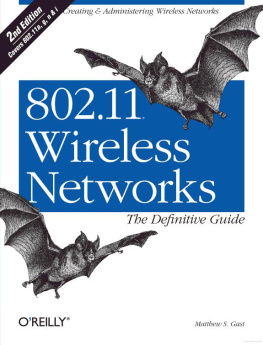
 ] ''He'' should be read as ''he or she'' throughout this book.
] ''He'' should be read as ''he or she'' throughout this book.